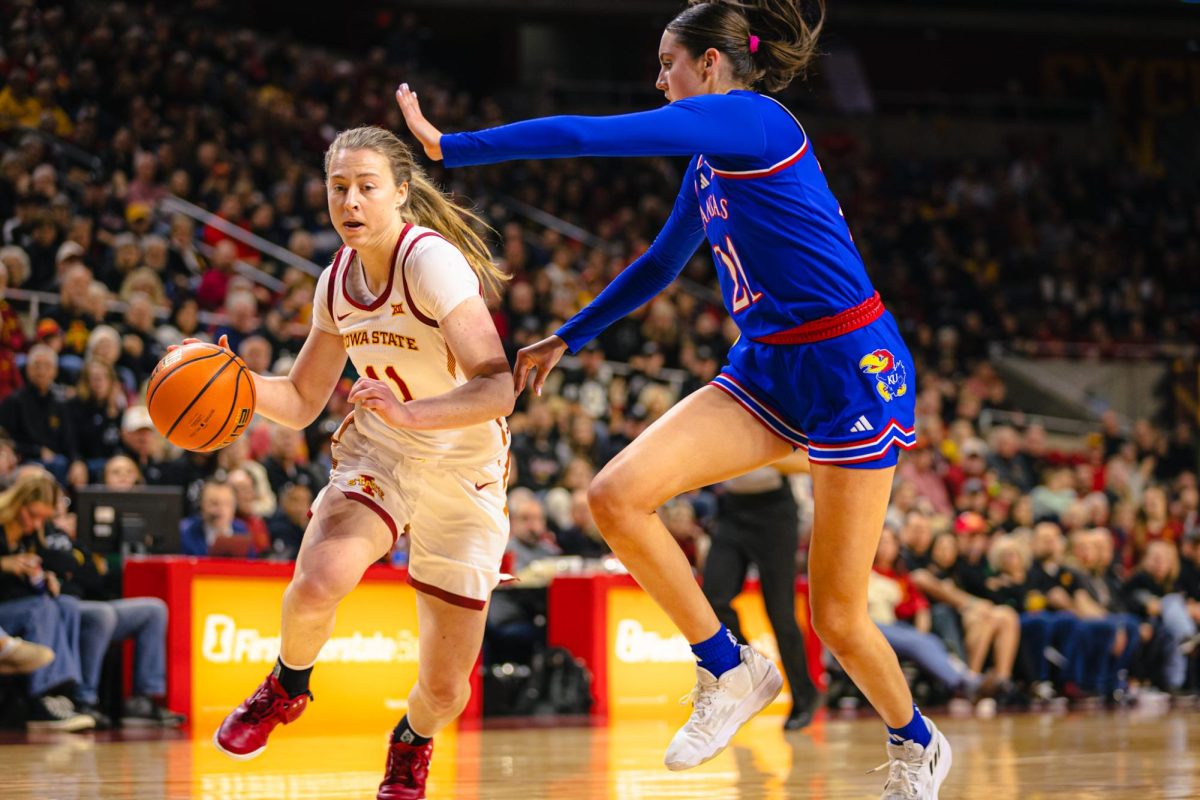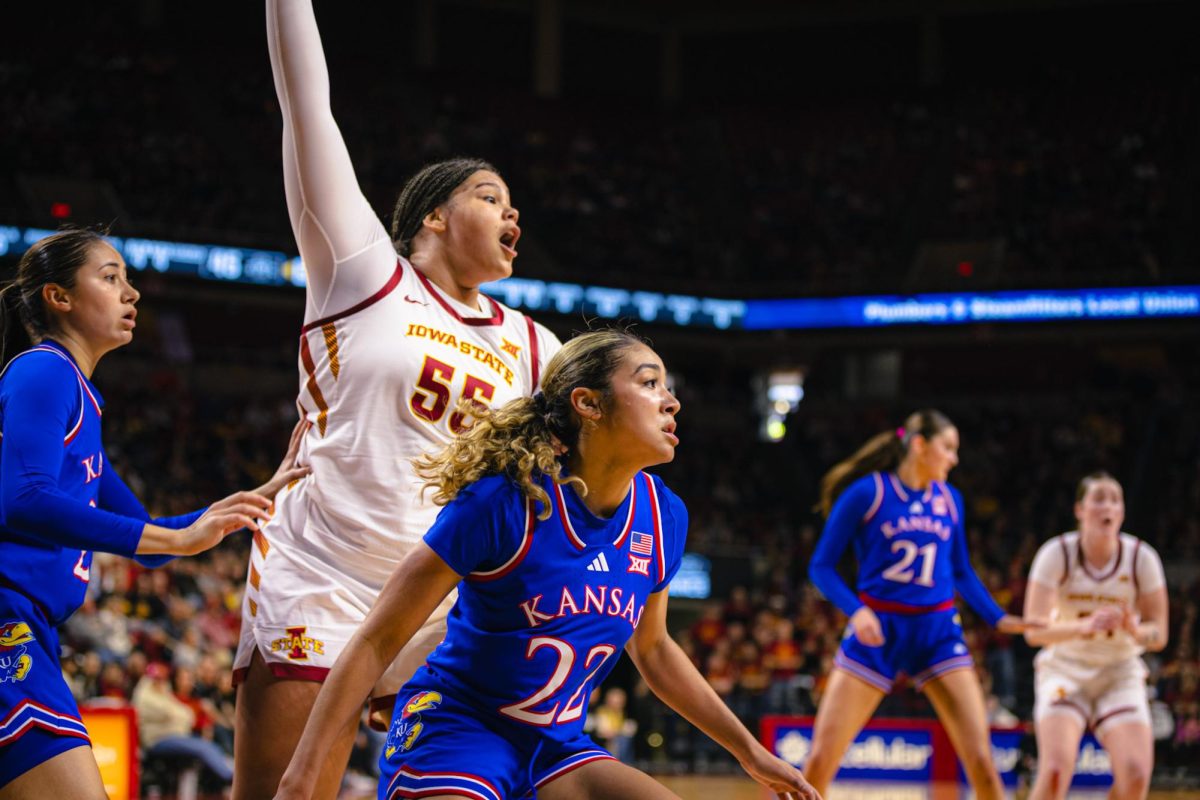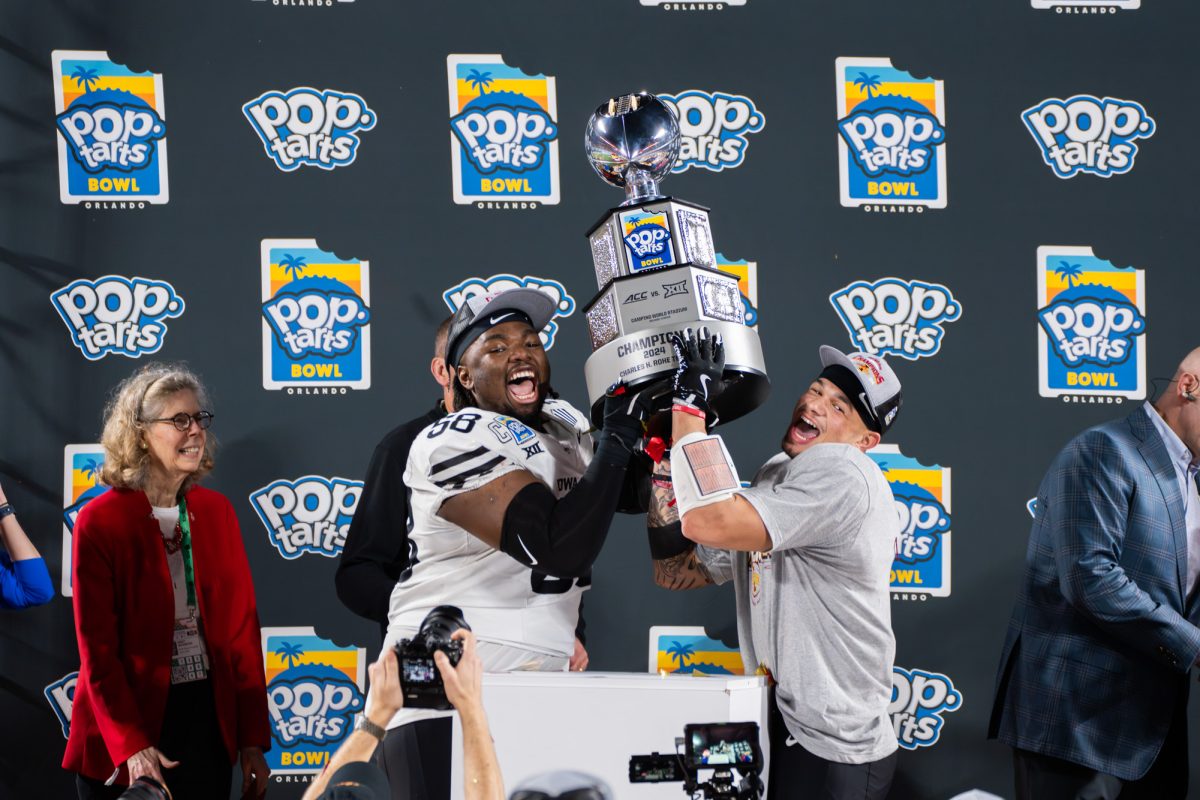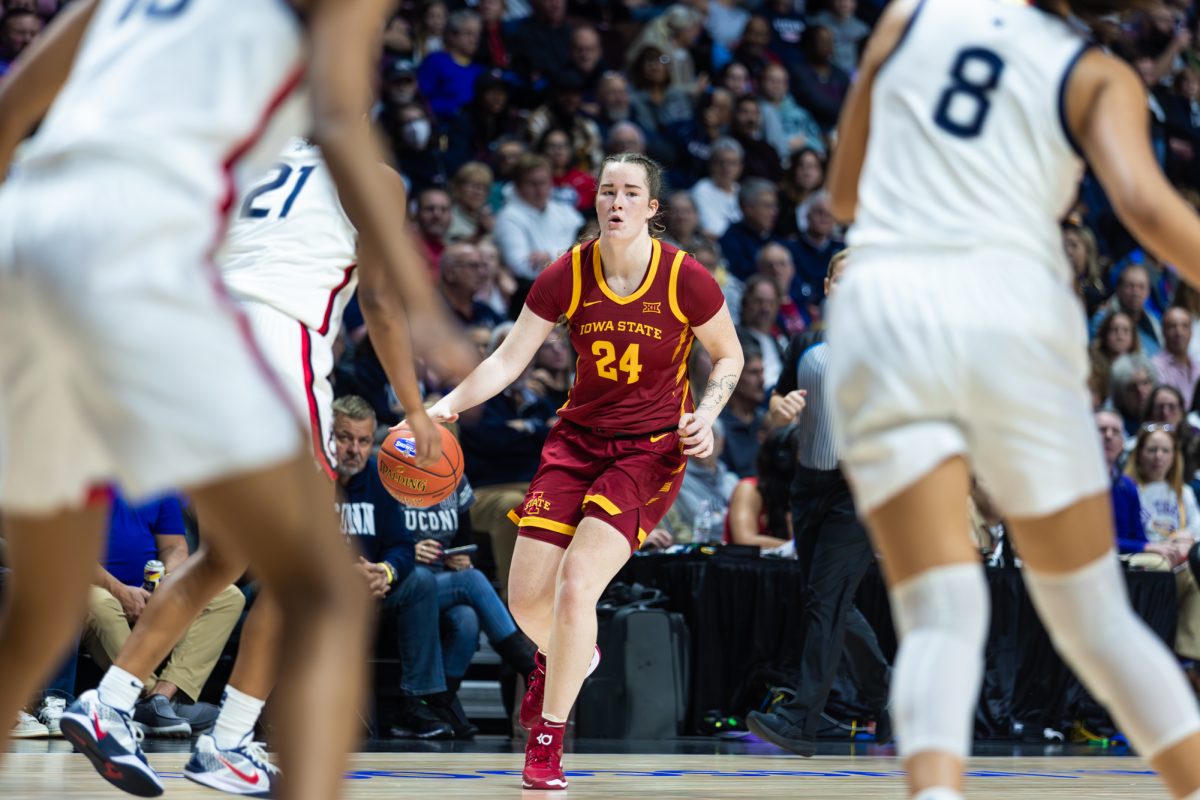Build up, tension bring screams in horror movie history
October 24, 2007
Alfred Hitchcock said “there is no terror in a bang, only in the anticipation of it.”
He was right. In movies, it has always been about the buildup.
The better the buildup, the scarier the moment and the more terrified you’ll be. In Hollywood horror, the blood and gore is fairly new, while the buildup to the gore has progressed over time.
The early days
The early days of sound signified the golden age of horror.
In 1925, “The Phantom of the Opera” jump-started the genre of American horror, although several such movies already existed overseas, such as the German films “Nosferatu” and “The Cabinet of Dr. Caligari.”
When sound dawned on the motion picture, original versions (minus some inferior silent versions) of popular titles like “Frankenstein,” “Dracula,” “The Wolf Man,” “The Mummy” and “The Invisible Man” made their silver screen debuts.
Most of these movies are straightforward entertainment now. When they originally premiered, however, they were known to scare some audiences out of their seats.
This era continued through the 1940s, although antagonists were Hollywood creations rather than notorious characters like Frankenstein.
Other notable highlights from the era include “Dr. Jekyll and Mr. Hyde,” “Cat People” and cult classic “Freaks” – a movie so bizarre, one has to see it to believe it.
The 1950s
Nothing can beat the slew of monster and science fiction movies that came out in the 1950s, during the Cold War.
Nuclear testing and the dawning of the space race increased public fears and stoked Hollywood into creating numerous movies pertaining to current events.
The era produced such oddballs and popcorn pleasure movies as “The Thing From Another World,” giant ants in “Them!” and the Red-Scare-inspired “Invasion of the Body Snatchers.” The Japanese also made the original “Godzilla” during this time . let’s not talk about the more recent American version.
Symbolism was frequent and usually incorporated obvious references to communism and sometimes even came with a public warning message, as in “The Day the Earth Stood Still.”
For the era, the key was to scare audiences through fear of events already heard in the news.
Until the 1980s
By the time the 1960s rolled around, the dilemma of nuclear obliteration had settled down, and movies began to lean toward just scaring the audience with shockingly normal scenarios – Alfred Hitchcock’s “Psycho” and “The Birds,” anyone?
“The Exorcist,” “Rosemary’s Baby,” “The Shining,” “The Omen” and “The Haunting” contained nothing of science fiction or monsters; they made normal people monsters through their character or supernatural powers.
There were other movies, and good ones at that: “Jaws,” “Alien” and “Night of the Living Dead” being focal points in that right.
‘Halloween’ and beyond
With “Halloween” in 1978, horror began the phase it is still in today.
The movie made the first steps to scare the audience with a defiantly bad person and now with more violence and little red stuff.
The genre moved forward over the years, with movies such as “Friday the 13th” and “Nightmare on Elm Street” continuing to push the envelope of what American horror dared to show and how terrifying shots could get – who could forget the classic gut-buster scene in “Alien” – but “The Silence of the Lambs” passed on the lurid thrills of pure gore.
Today, after such movies as “An American Werewolf in London” and “Scream” and numerous underground classics paid tribute to in “Grindhouse,” horror continues to take itself to the limit.
“Saw” and “Hostel” brought in a new era of the horror genre, as now we begin to see just how far Hollywood is going to take violence and whether it will work on the aspect that actually scares.





